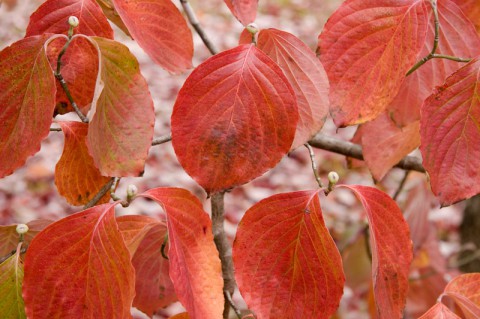 Nashville, TN – A cool, rainy summer has left Tennessee’s lawns and landscapes with soils still soft and retaining moisture. Perfect. There’ll never be a better fall to improve your landscape.
Nashville, TN – A cool, rainy summer has left Tennessee’s lawns and landscapes with soils still soft and retaining moisture. Perfect. There’ll never be a better fall to improve your landscape.
Fall is always the best season to transplant trees, shrubs, bulbs or any other perennials. Summer’s heat is too stressful for new transplants, and even daily watering can’t make up for heat plus drought. Perennial plants also need fall and winter to develop their root systems instead of growing, blooming or putting out leaves as they do in spring or summer. As long as the ground is not frozen hard, it’s not too late to transplant.

It‘s usually marked as such, but if not, look for a high middle number on the fertilizer packs. “N-P-K” stands for nitrogen, phosphorus and potassium; these are the three primary nutrients for healthy plant growth.
Phosphorus, particularly, helps promote healthy root growth. By the time spring comes, a good root system can be established already and that plant will be ready to show off with growth and color.
Locally grown trees and shrubs are smart choices when transplanting, because they have already been thriving outdoors in Tennessee nurseries, in the local climate. You can also learn where in a landscape that plant belongs, and with how much sun, when you purchase directly from the grower. Always know whether your plant needs sun or shade before transplanting.
Dig holes for transplants to twice the width of the pot size or root ball, and settle it about a half inch to an inch above, not below, soil level. With trees and shrubs that are balled and burlapped, once the root ball is placed in the hole, remove the string and cut the burlap off the top.
Find local plant growers, nurseries and greenhouses at www.picktnproducts.org.


